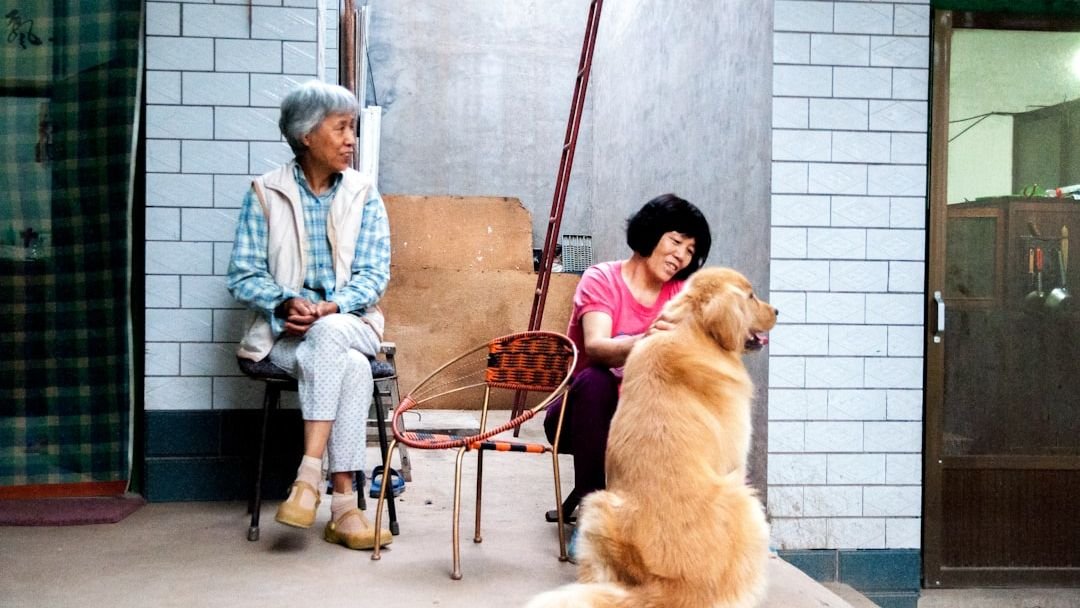There’s something magical that happens when a graying muzzle meets wrinkled hands. Something deeper than companionship unfolds when both species slow down enough to truly notice each other. Picture this: an older woman sits quietly on her porch, a senior dog contentedly resting at her feet, both finding peace in each other’s presence. This isn’t just a heartwarming scene – it’s a powerful healing partnership that benefits both sides in remarkable ways.
The connection between older adults and aging dogs creates a unique bond that goes beyond typical pet ownership. Both are navigating similar life transitions, understanding the value of gentler days, and appreciating moments of quiet connection. Together, they form a healing circle where wisdom meets loyalty, patience meets understanding, and two aging hearts find comfort in shared rhythms.
The Science Behind the Magic Connection
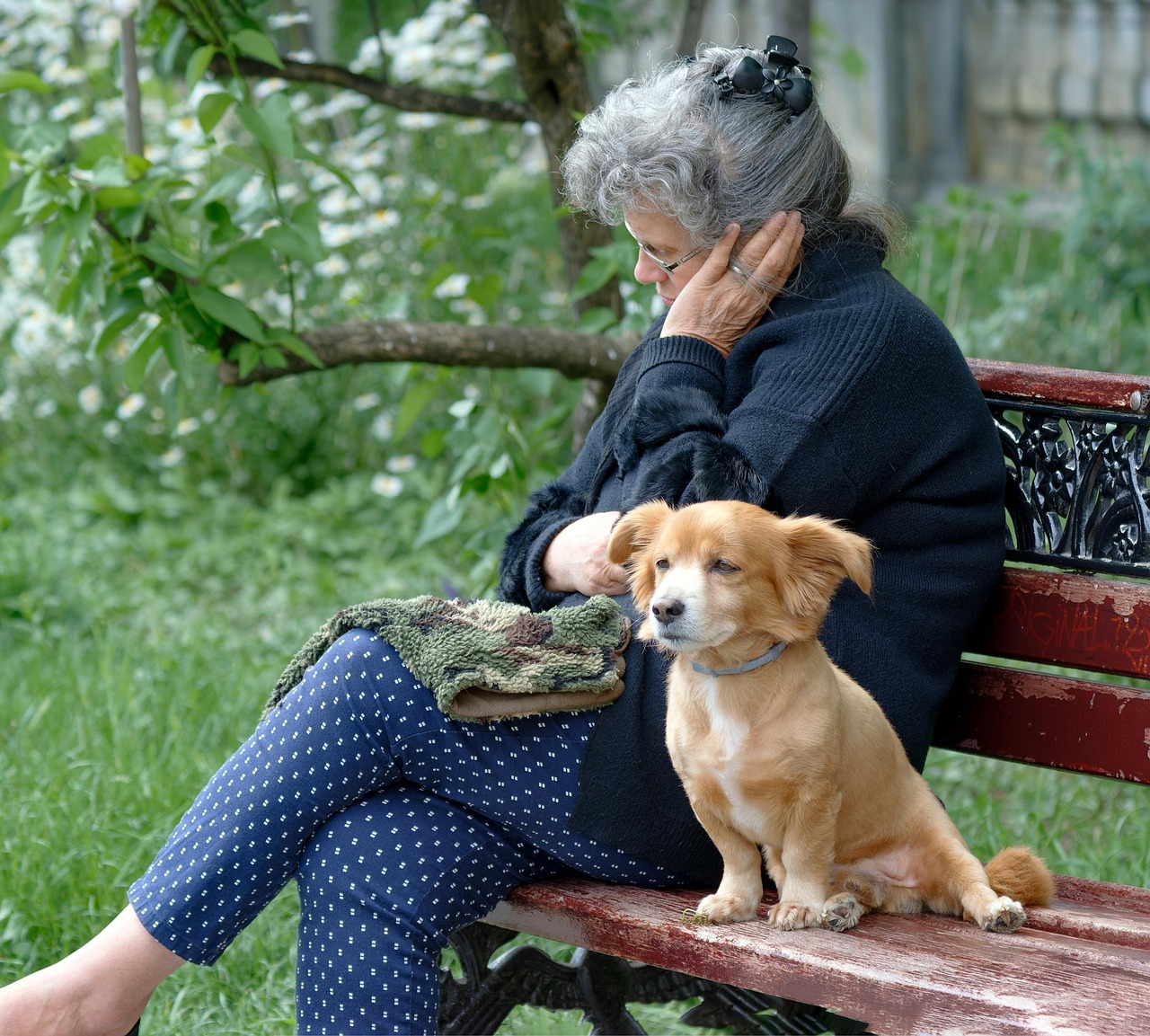
Research reveals that human-animal relationships create genuine win-win situations. When seniors interact with dogs, their bodies release a cascade of beneficial chemicals that promote healing and well-being. Simply petting a dog decreases cortisol levels while increasing serotonin, resulting in lowered blood pressure and heart rate.
Studies show that most people feel more relaxed after spending time with a pet, and for those prone to worry, pets help them live in the moment and stay mindful. This isn’t just feel-good science – it’s documented medicine.
The bond between people and their pets increases fitness, lowers stress, and brings happiness while decreasing blood pressure, cholesterol levels, and feelings of loneliness. When you see an elderly person’s face light up around a gentle dog, you’re witnessing measurable health improvements happening in real time.
When Loneliness Meets Unconditional Love
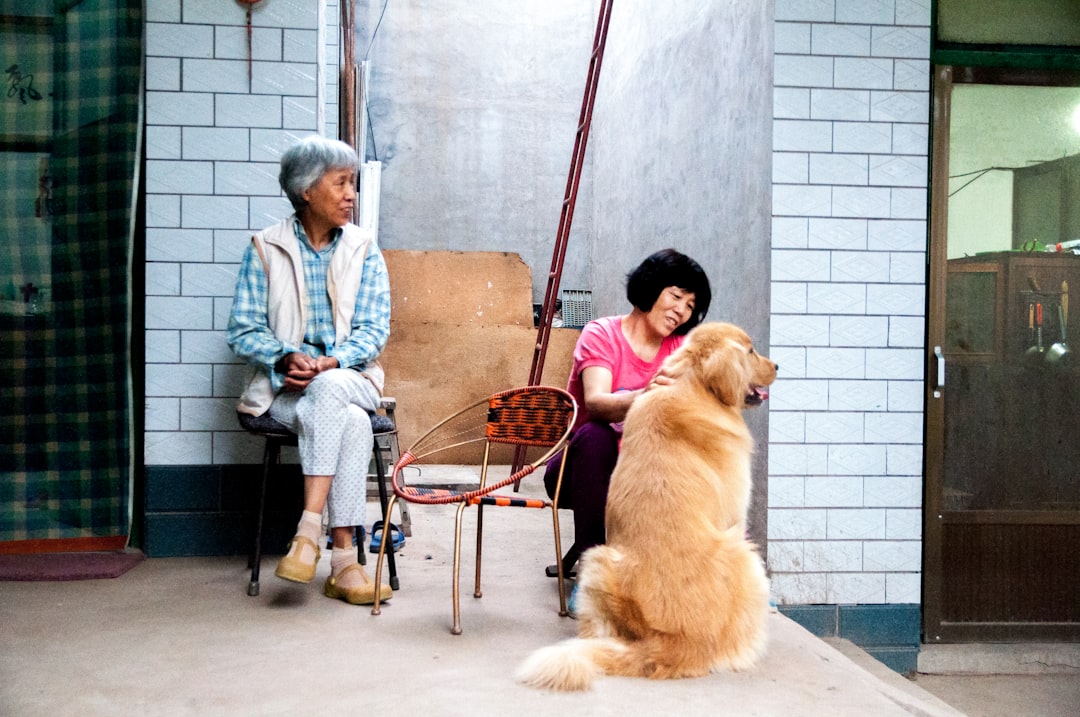
Many elderly people suffer from loneliness after losing their partner or retiring, feeling a lack of purpose in their everyday lives. This isolation can be devastating, but dogs offer something remarkable: judgment-free companionship that never wanes.
Seniors experiencing loss or social changes find that pets become constant, reliable companions offering unconditional love. Whether it’s a gentle Labrador or a calm terrier mix, these dogs provide what human relationships sometimes cannot – consistent presence without complex emotions or expectations.
The greatest benefit of pet therapy for seniors is decreasing loneliness, especially for those living alone or in nursing homes who often feel alienated by their families. Dogs don’t judge mobility limitations or memory lapses. They simply offer warmth, presence, and steady breathing next to someone who needs to feel less alone.
Creating Daily Purpose and Structure
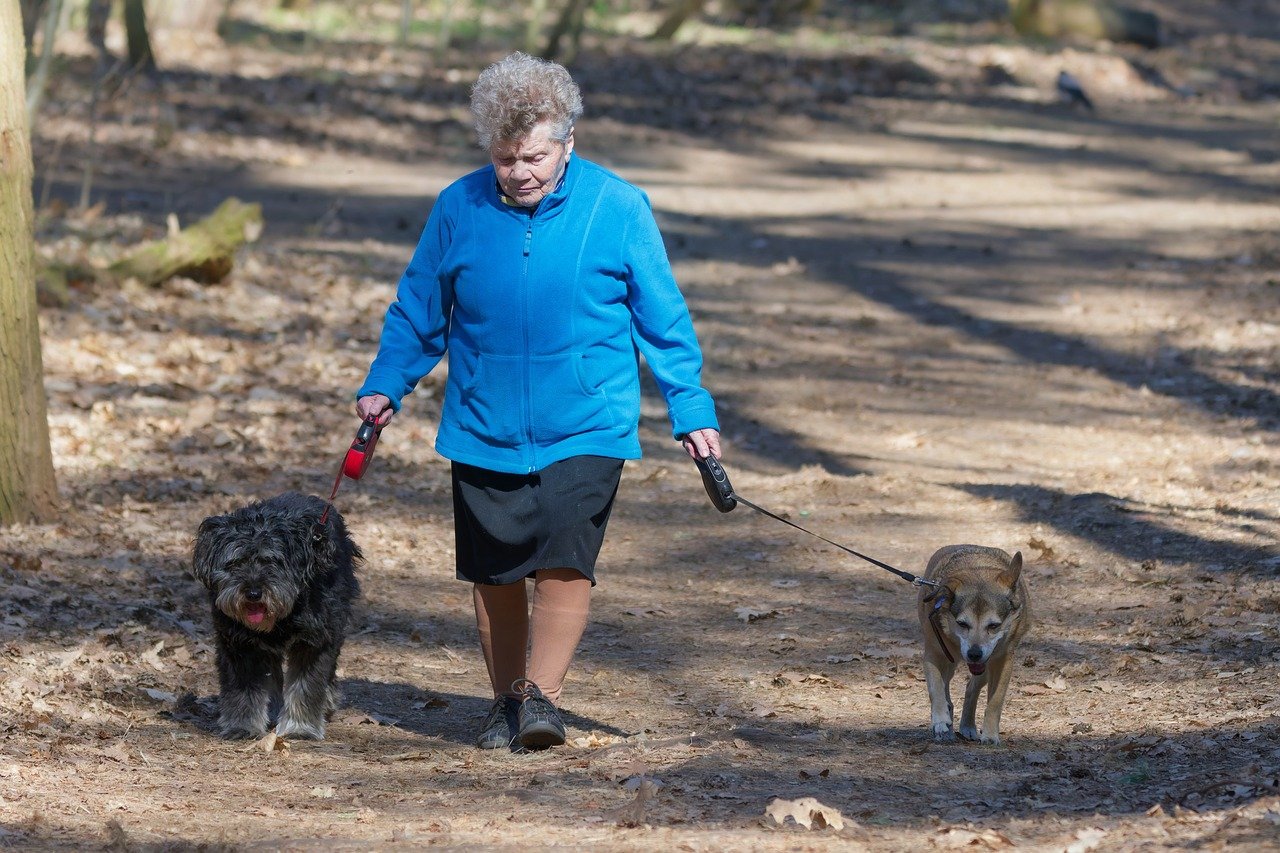
Dogs give seniors’ days structure through fixed times for meals and walks, providing elderly people with feelings of purpose and responsibility toward someone who depends on them. This routine becomes a lifeline for those struggling with the formlessness of retirement or health limitations.
Many adults find that once retired with grown kids, they feel empty without career demands or someone to care for, making it difficult to find real purpose. A senior dog changes this equation entirely.
Having another living being to care for helps seniors add structure through daily routines of feeding, playing, or walking, with research showing that having routine offers improvements in mood and cognitive functioning while decreasing chances of developing depression. That morning walk becomes both responsibility and reward, giving meaning to each new day.
Physical Health Benefits That Actually Matter
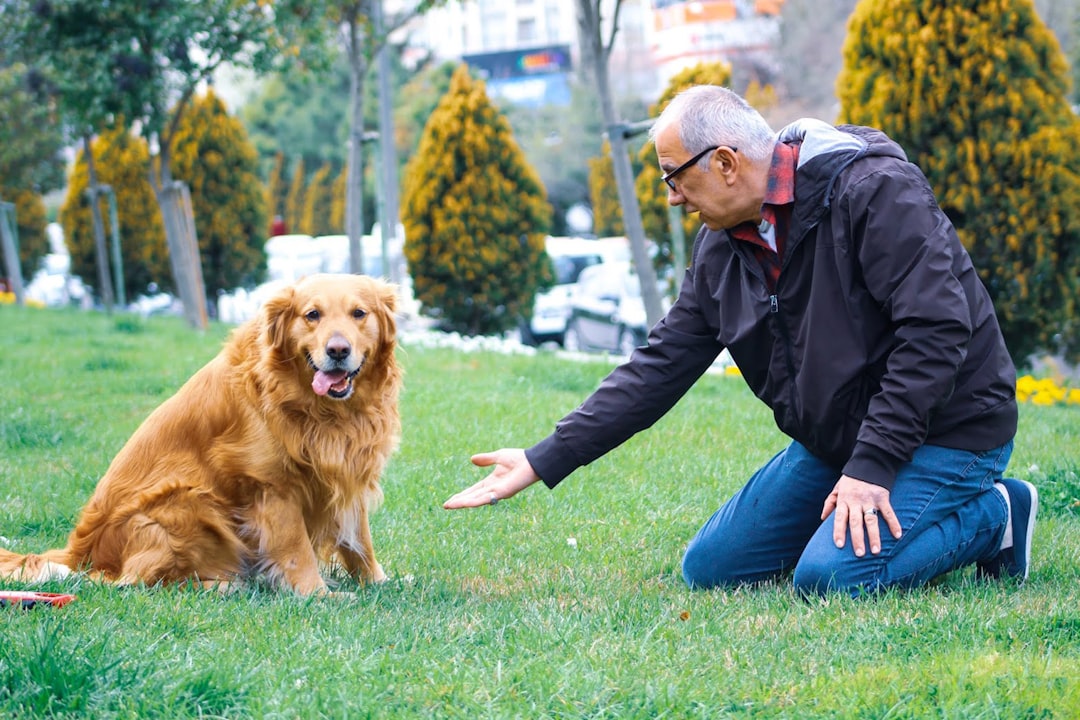
Pets provide clear reasons to walk daily, with dog owners walking significantly longer on average than non-owners, and even low-intensity 20-minute walks improving heart health, lowering blood pressure, and relieving stress. This isn’t about marathon training – it’s about gentle, consistent movement that keeps joints mobile and hearts healthy.
Older adults who own pets engage in greater overall physical activity than non-pet owners, with research confirming dog owners show higher physical activity levels. The beauty lies in the motivation – dogs make exercise feel less like obligation and more like companionship.
The responsibility of caring for dogs keeps seniors active daily, even in challenging weather, and research shows multiple shorter exercise periods throughout the day are just as effective as single longer workouts. Those brief walks add up to significant health benefits.
Why Senior Dogs Make Perfect Partners
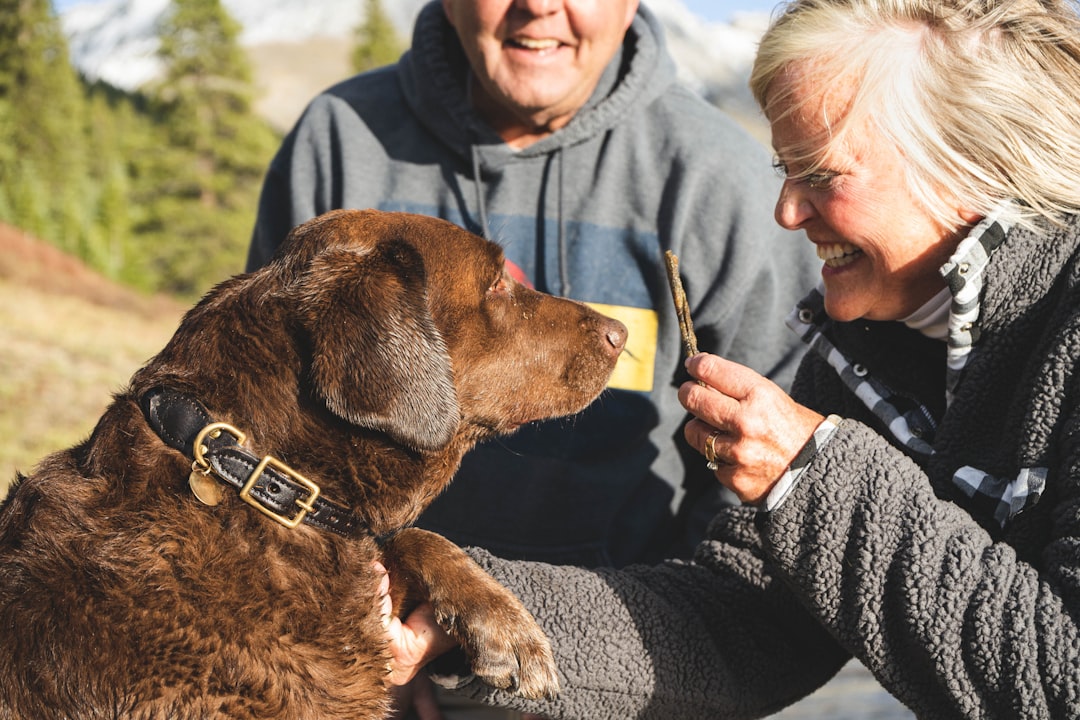
Mellow senior dogs often make ideal companions, preferring more relaxed activities than rambunctious adults and spending more time resting. This natural pace alignment creates harmony between human and canine needs.
Older dogs don’t require intense exercise and might be perfect for less active individuals, though senior dogs may need more involved medical care due to age-related health issues. This creates mutual understanding – both species navigating similar physical changes together.
Senior dogs may become less interested in their old favorite activities due to pain or discomfort from arthritis, generally preferring gentler pursuits. This shared slowing down allows both human and dog to appreciate quieter moments and deeper connection without pressure for high-energy activities.
Recognizing When Your Dog is Aging Alongside You
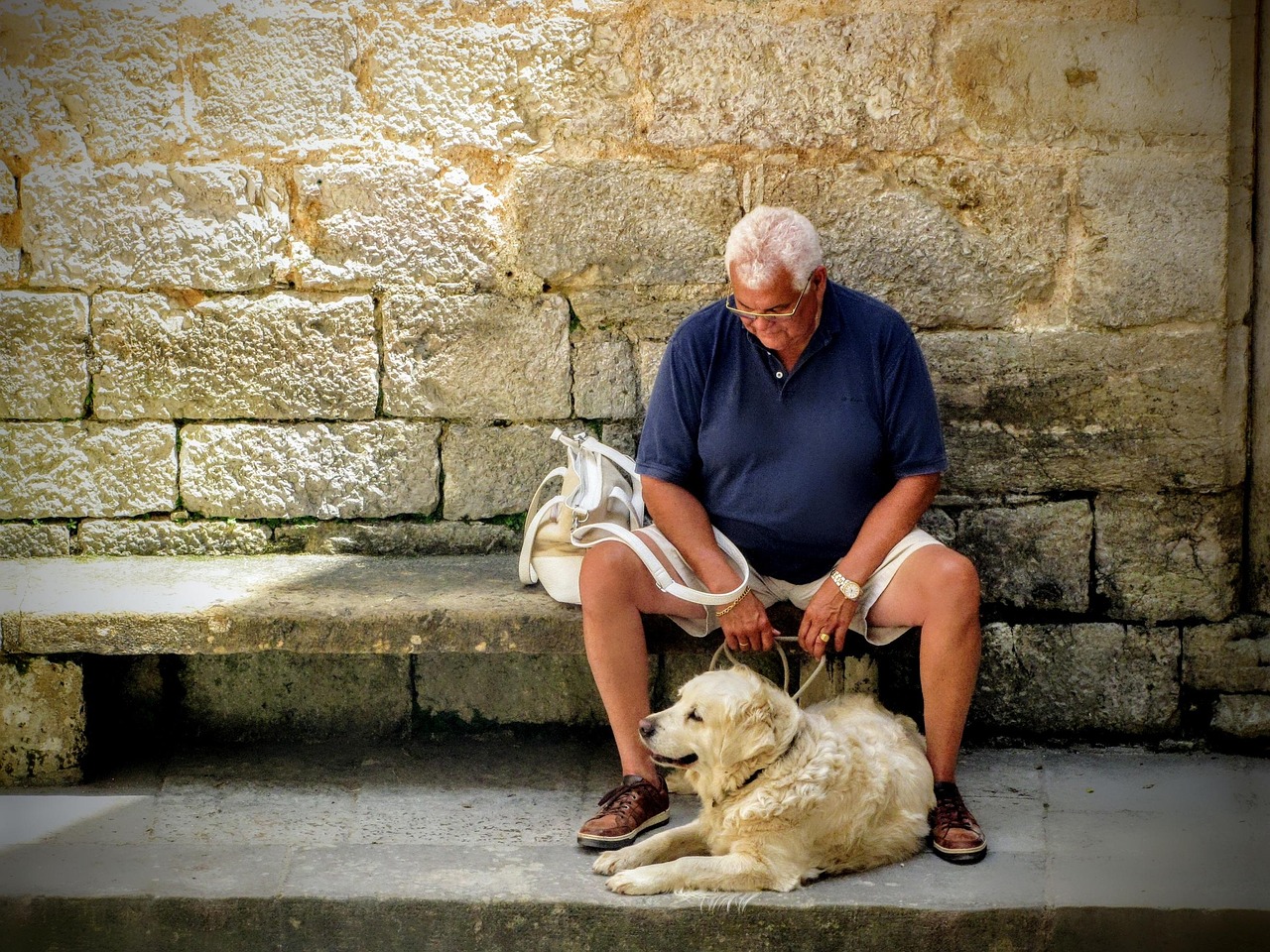
One obvious sign of dog aging is a distinguished, silvery muzzle, with graying typically beginning around five years but sometimes appearing as early as one to two years old. Watch for gradual changes rather than sudden shifts.
Signs your dog may be experiencing age-related changes include whining, crying, or reluctance to move in certain positions, with the number one aging sign being slowing down – walking shorter distances, hesitating at stairs, or taking longer to get up. These parallel many human aging experiences.
Pay attention if your senior dog loses weight, as this could indicate reduced muscle mass, appetite changes, or digestive issues, and consult your vet if weight loss exceeds 10% in a few months. Increased vocalization might signal cognitive dysfunction, hearing loss, pain, or anxiety.
The Healing Power of Therapy Dog Programs
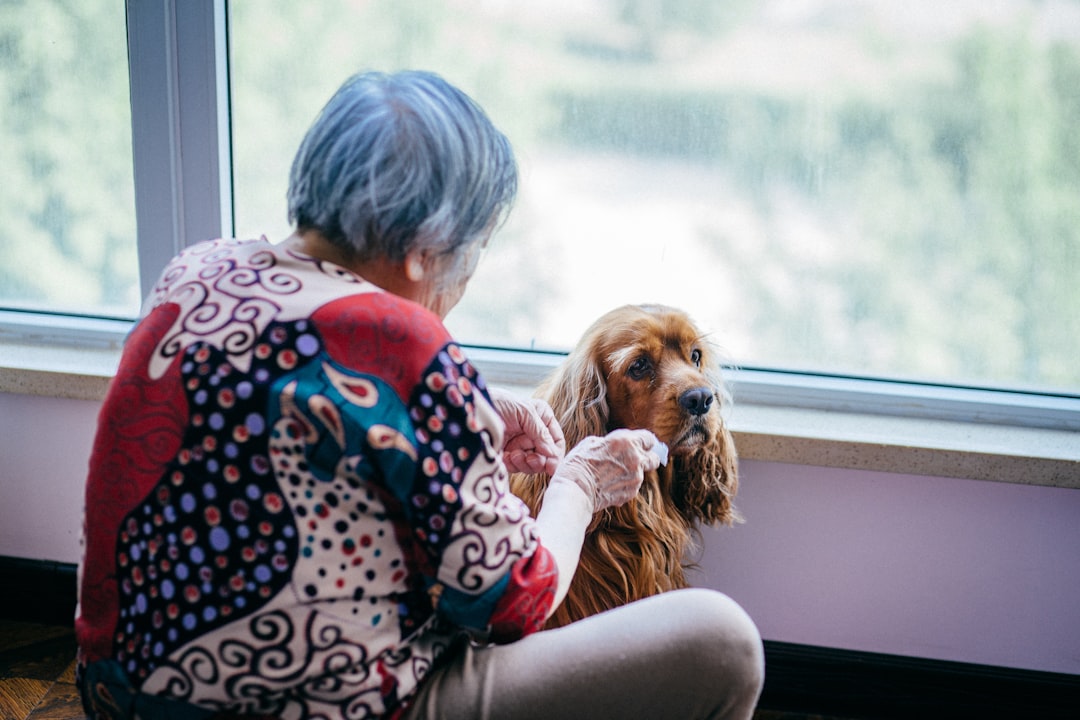
Pet therapy programs in nursing homes have expanded significantly in recent years. Research shows time spent with dogs improves mood, facilitates social interaction, and decreases apathy in elderly nursing home residents, with increased positive behaviors like smiles and willingness to communicate.
Pet therapy helps reduce aggressiveness and anxiety in dementia patients while improving memory recall. Interacting with therapy animals significantly improves cognitive functioning by stimulating memory and focus, offering especially valuable benefits for seniors with dementia or Alzheimer’s disease.
Therapy dogs offer mental benefits while helping with physical health by reducing blood pressure and increasing endorphins that assist in feeling better and reducing pain. These programs bring healing directly to those who need it most.
Building Social Connections Through Canine Companionship
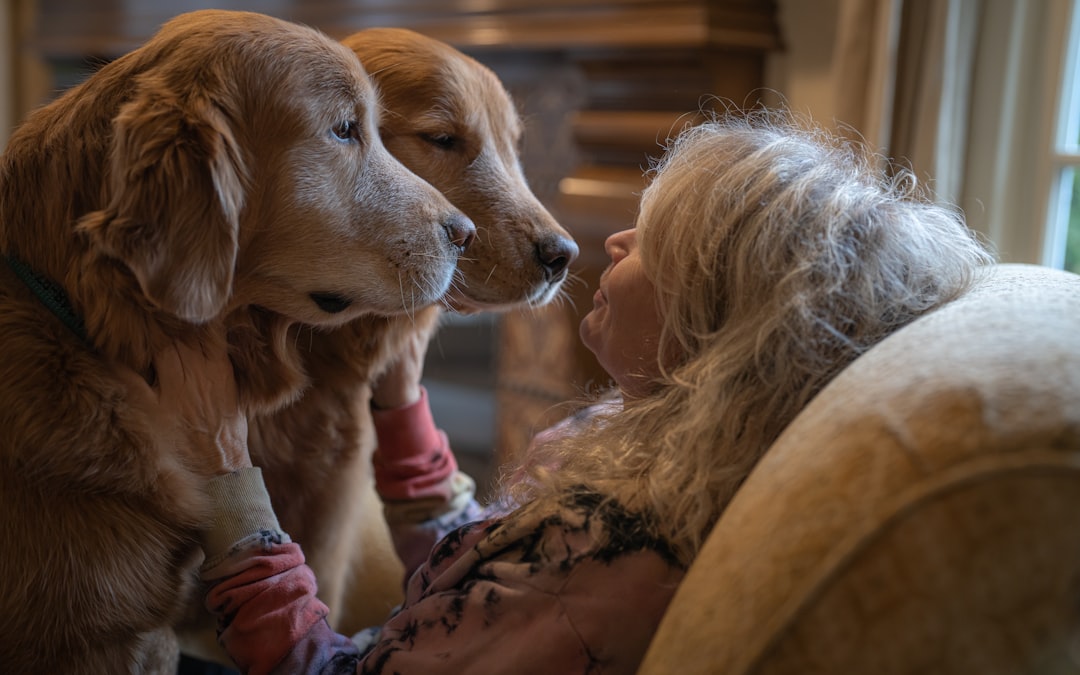
In polls of senior pet owners, most say having a pet helps connect them to other people, as pets provide common ground and conversation starters, with dog walking becoming a great way to meet neighbors in senior communities. Dogs become social bridges in ways that feel natural and unforced.
Pets help humans build social support networks, with pet ownership ranking as the third most common way people meet neighbors, and pet owners being more likely than non-owners to get to know people in their neighborhoods. Taking your dog on a stroll through the park becomes a natural conversation starter.
Dogs serve as mediums through which social contacts can be established in everyday situations. They provide safe, comfortable ways for seniors to engage with others without feeling socially awkward or isolated.
What makes the bond between senior hearts and old dogs so special isn’t just the science or the health benefits – it’s the mutual understanding that comes from shared experience. Both know what it means to move a little slower, to appreciate quiet moments, and to find joy in simple daily rhythms. They heal each other not through grand gestures but through consistent presence, gentle companionship, and the kind of unconditional acceptance that becomes more precious with age. When we see these partnerships thriving, we witness something profound: two souls supporting each other through life’s inevitable changes, proving that healing often comes not from fighting aging but from embracing it together. What do you think about these remarkable partnerships? Tell us in the comments.

Gargi from India has a Masters in History, and a Bachelor of Education. An animal lover, she is keen on crafting stories and creating content while pursuing a career in education.

